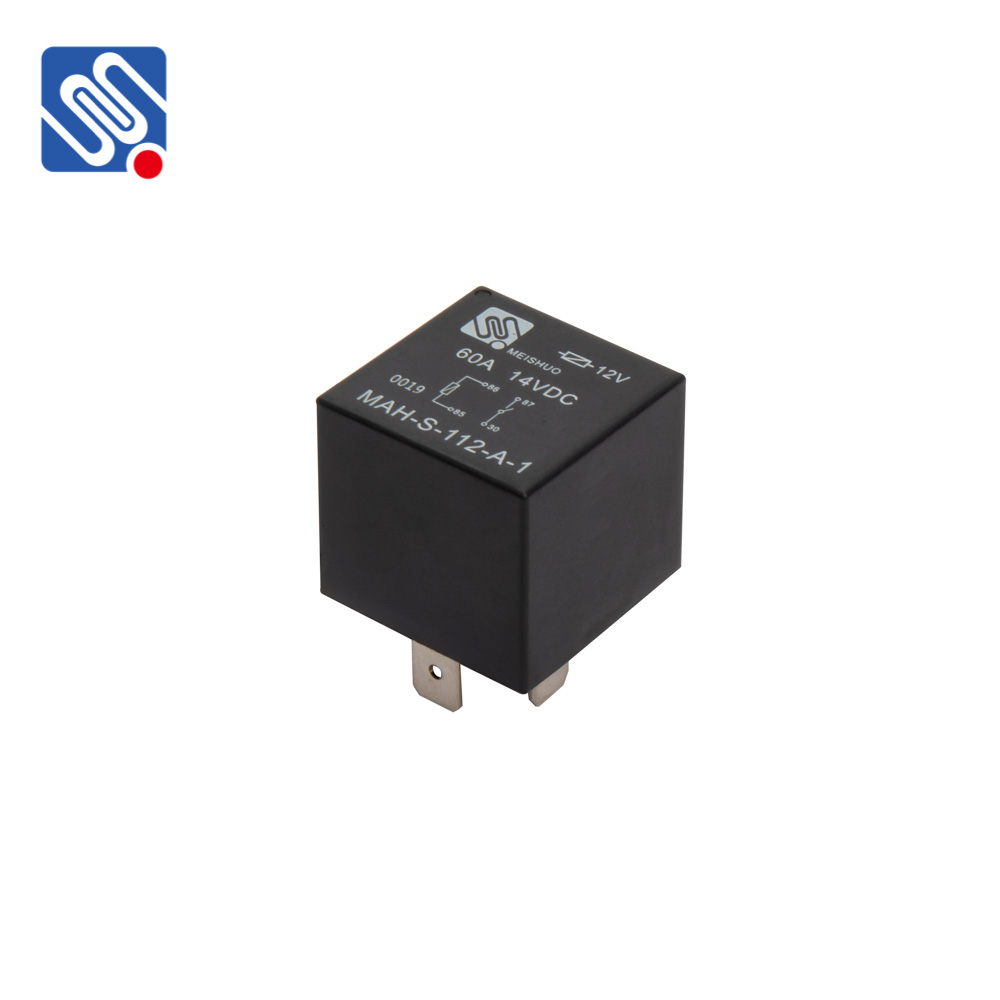The 12V 60A relay is a widely used electrical component designed to control high-power circuits through low-power control signals. Its ability to switch high-current loads with a low-voltage signal makes it indispensable in many industrial, automotive, and home automation applications. This article explores the features, functions, and key benefits of using a 12V 60A relay, providing insights into how it operates and where it is used most effectively.

What is a 12V 60A Relay? A relay is an electromagnetic switch that allows a small current to control a larger current, often used to switch electrical circuits without the need for direct human intervention. A 12V 60A relay specifically operates with a 12-volt DC control signal and can handle a maximum switching current of 60 amperes. These relays are typically composed of an electromagnet (coil) and a set of contacts (switches) that open or close when the coil is energized. The relay works by energizing the coil with a 12V DC signal, which creates a magnetic field. This magnetic field pulls a mechanical armature that moves the relay contacts from their default position (open or closed) to the opposite position. When the coil is de-energized, the contacts return to their original state, thus controlling the flow of current to the connected load.